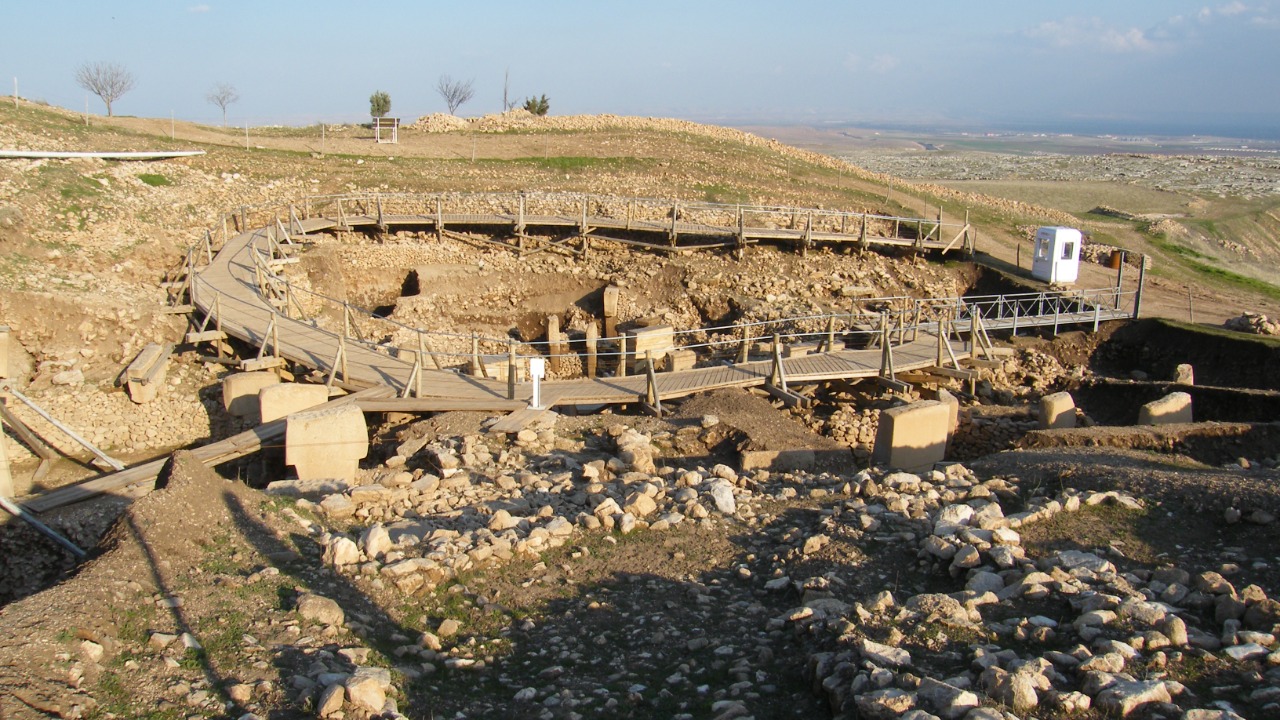
Archaeologists have recently unearthed a 12,000-year-old city in Turkey, marking a monumental discovery that could reshape our understanding of ancient civilizations. This site, believed to be older than Göbekli Tepe, offers a glimpse into the lives and cultural practices of early human societies, with findings that include intricate artifacts and complex architectural structures.
The Discovery of a Lifetime
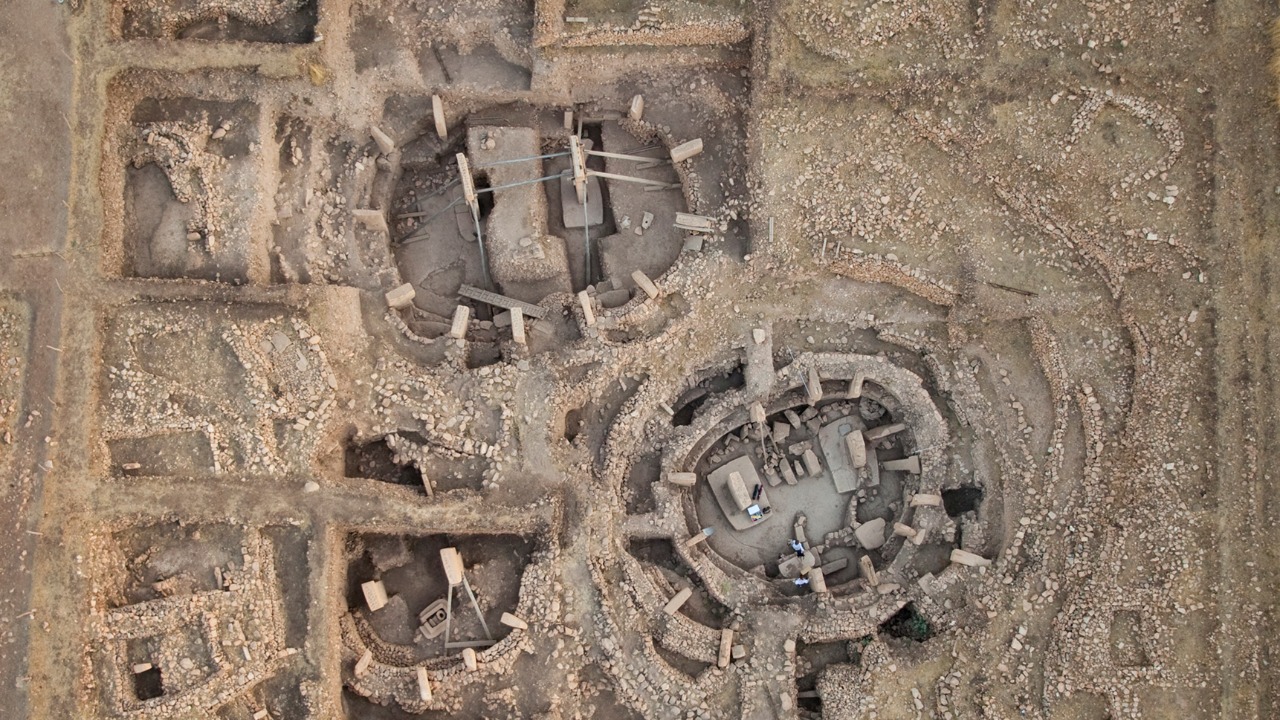
Located in the southeastern region of Turkey, the excavation site spans several acres and has captivated archaeologists from around the globe. The process began with a series of surveys and exploratory digs that hinted at a deeper story beneath the surface. Teams from leading universities, alongside local researchers, collaborated to unearth what is now considered one of the most significant archaeological finds of the century. The initial discovery was met with a mix of excitement and awe, as the complexity and size of the site became apparent.
Key figures in the discovery include Dr. Mehmet Yılmaz, a renowned archaeologist specializing in prehistoric cultures, and the Turkish Ministry of Culture and Tourism, which provided significant support. The significance of this find in the archaeological community cannot be overstated, as it challenges many pre-existing theories about the development of human civilization. Scholars are keenly interested in how this site will reshape our understanding of the transition from nomadic to settled lifestyles.
Architecture and Urban Planning of the Ancient City
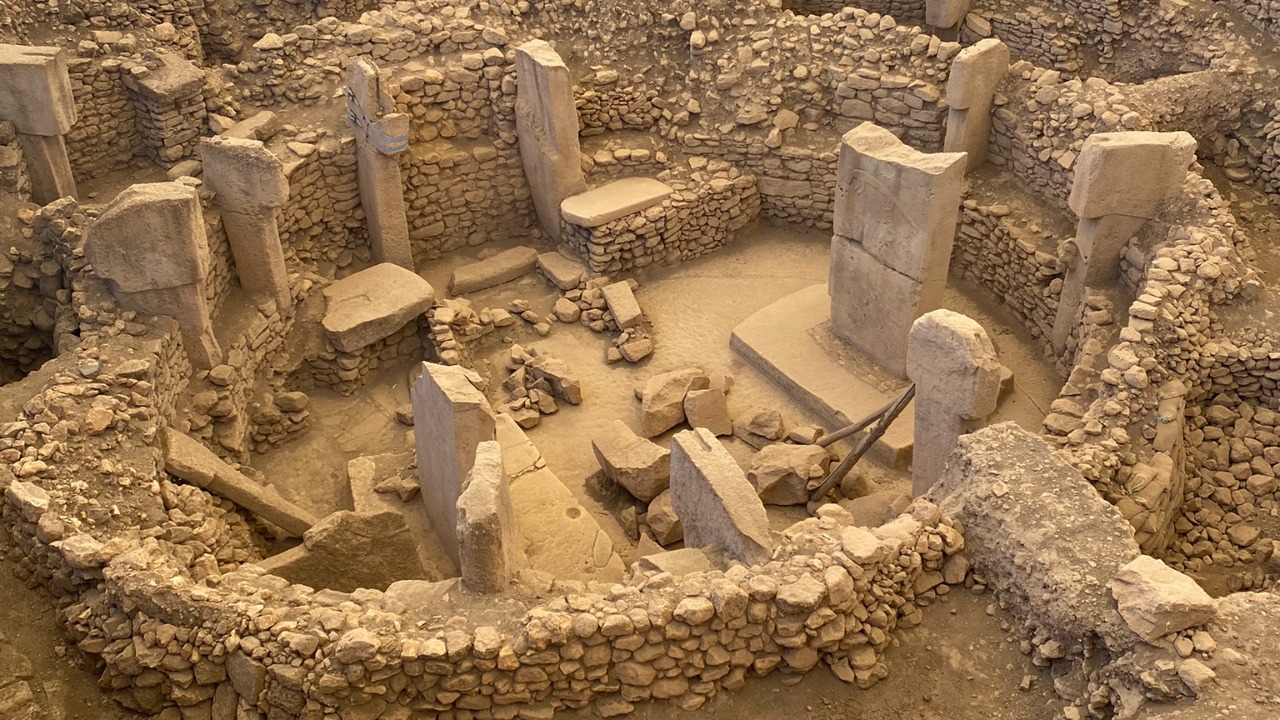
The city’s layout reveals a sophisticated understanding of urban planning, with distinct areas designated for residential, communal, and potentially religious purposes. The residential zones consist of circular and rectangular dwellings, constructed using locally sourced stone and mud bricks. These structures are connected by a network of pathways, indicating a planned approach to city development. In contrast, communal areas feature larger buildings, possibly used for gatherings or administrative purposes.
One of the most striking architectural features is the use of massive stone pillars, reminiscent of those found at Göbekli Tepe but arranged in a unique configuration. The construction techniques employed by the ancient inhabitants demonstrate a high level of engineering skill, with evidence of advanced tools and methods used to quarry and transport large stones. The city’s architecture not only highlights the ingenuity of its builders but also offers a point of comparison with other ancient sites, such as Göbekli Tepe, allowing researchers to identify distinct cultural and technological advancements.
Artifacts and Cultural Significance
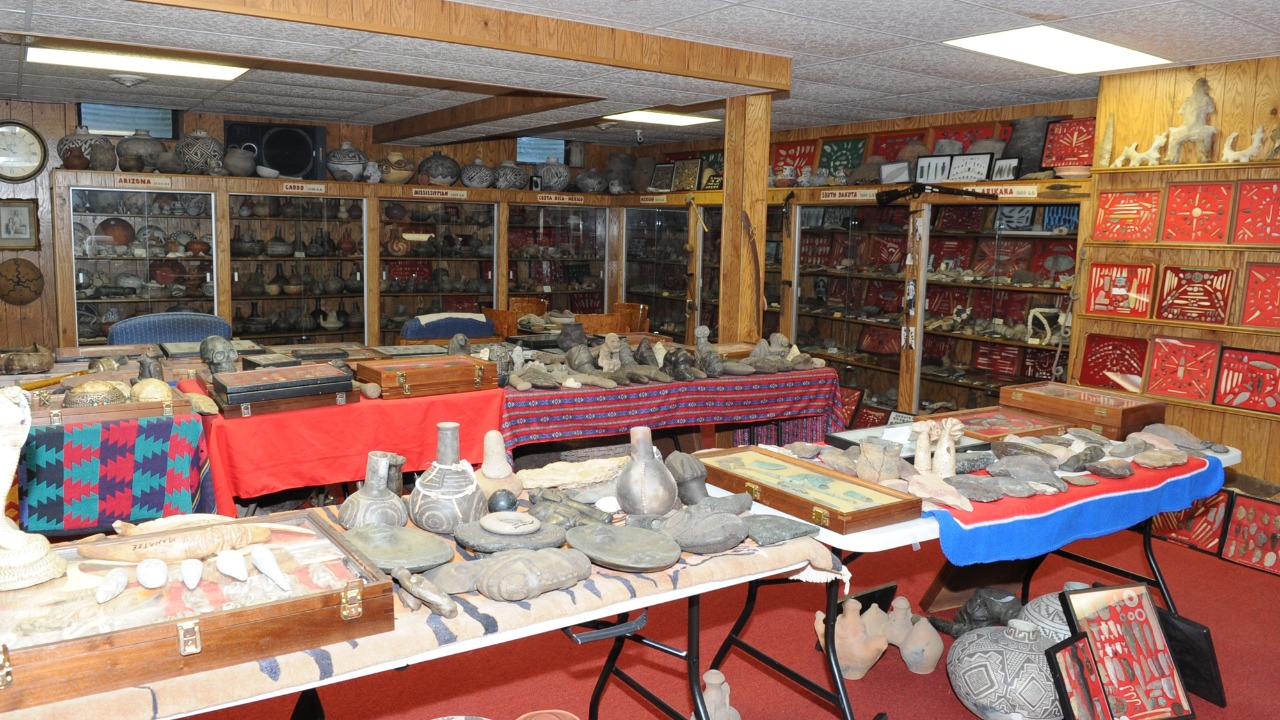
The artifacts uncovered at the site provide invaluable insights into the daily life and social structure of its ancient inhabitants. Among the most fascinating finds are intricately carved three-dimensional figurines, believed to hold cultural or religious significance. These figurines suggest a society rich in symbolic art, with possible connections to ritualistic practices.
In addition to figurines, researchers have discovered a variety of tools and pottery that indicate a thriving community engaged in trade and craftsmanship. The tools, made from stone and bone, reveal a sophisticated understanding of material properties and a high degree of skill in tool-making. Pottery fragments suggest the use of complex firing techniques, pointing to an advanced level of technology for the period. The artifacts collectively paint a picture of a vibrant society with intricate social networks and cultural practices.
Religious and Ritualistic Practices

One of the most intriguing aspects of the site is the presence of structures that appear to have been used for religious or ritualistic purposes. These buildings, characterized by their unique architectural features and orientation, suggest that the inhabitants placed significant importance on spiritual or ceremonial activities. Evidence of sacrificial practices, possibly involving animals, has been found, providing clues about the spiritual beliefs and rituals of the society.=
Comparisons with other ancient cultures reveal potential parallels in religious practices, suggesting a shared or convergent evolution of spiritual beliefs across different regions. The discovery of altars and offerings within these structures further supports the idea of a complex religious system, possibly involving a pantheon of deities or ancestral worship. As researchers continue to study the site, they hope to uncover more about the religious life of this ancient civilization, shedding light on how early humans understood and interacted with the world around them.
Implications for Understanding Human History
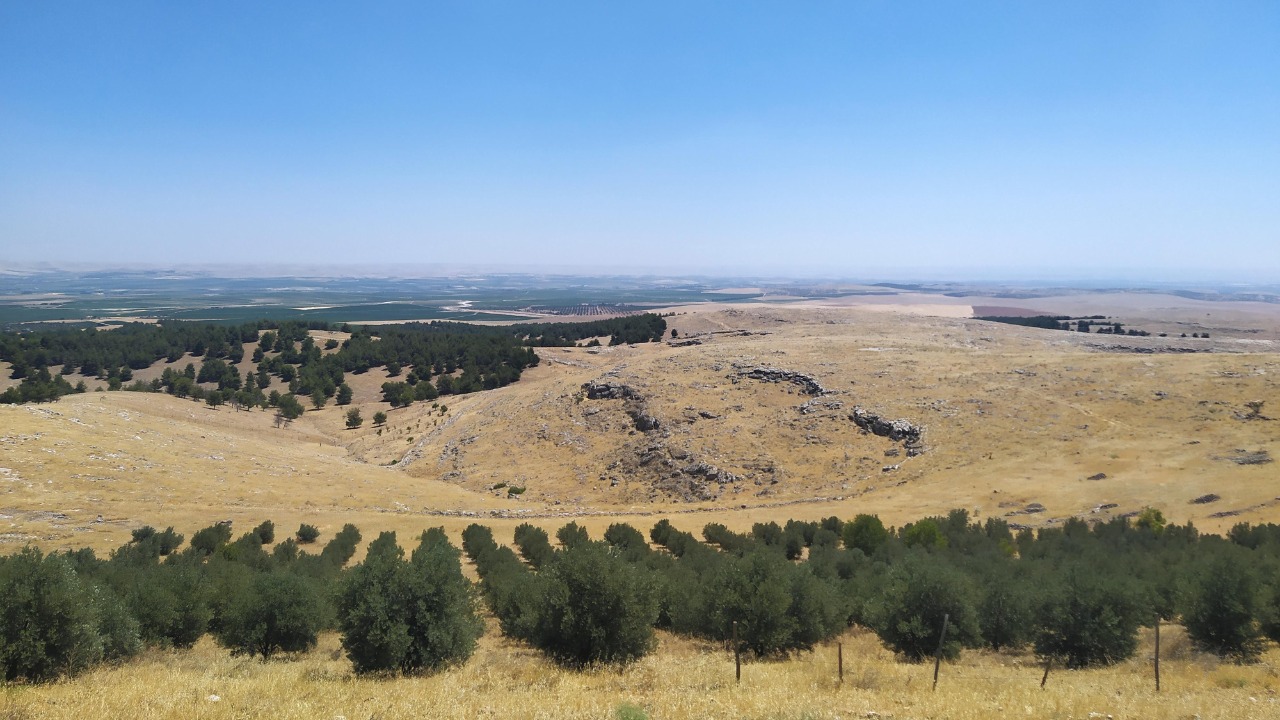
This discovery holds profound implications for our understanding of human history, particularly in terms of the development of early civilizations. The age and complexity of the site suggest that humans formed complex societies much earlier than previously thought, challenging existing theories about the timeline of human development. The presence of advanced architecture, social organization, and spiritual practices at such an early date indicates a more rapid evolution of complex societies than traditionally believed.
The impact of this find extends beyond the academic realm, as it may alter the narrative of human history taught in schools and presented in museums. Future research will likely focus on further excavations and analyses, as well as comparative studies with other ancient sites. The discovery underscores the importance of continued exploration in the region, as each new find contributes to a more comprehensive understanding of our shared past. As archaeologists continue their work, they remain hopeful that the site will reveal even more secrets, offering new insights into the early chapters of human civilization.